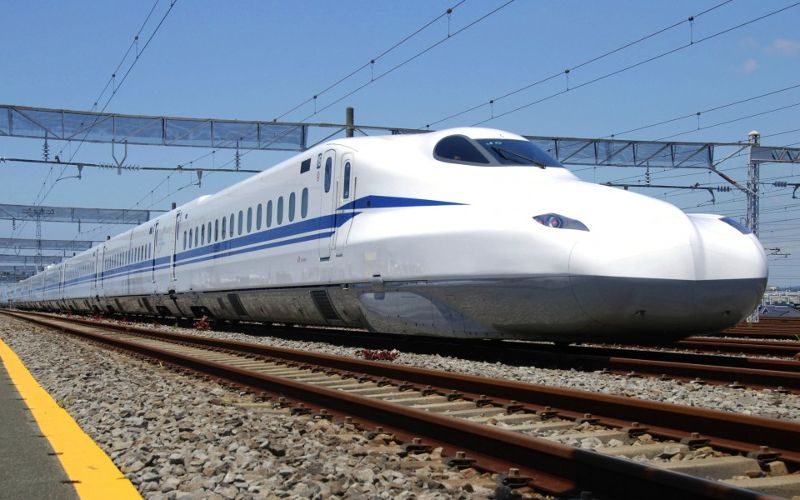The manga comic ‘Watashi ga Mita Mirai’ (or ‘The Future I Saw’ in English) has captured public attention with its prophecy that a major natural disaster will hit Japan on July 5th 2025.
Table of Contents
Fictional tsunami prediction stokes real fear
Ryo Tatsuki, the manga’s creator, has gained a following from claims that she accurately predicted the 2011 Tohoku Earthquake and Tsunami. In her latest edition, she suggests that a volcano will erupt underneath the ocean between Japan and the Philippines on July 5th, causing another enormous tsunami. This has led to a curiously widespread rash of speculation that her prediction will again prove correct.
Coincidentally, a number of ‘psychics’ from the region have shared similar warnings on social media platforms, adding to the unfounded suggestion of an imminent catastrophe.
As a result, Japan’s tourism industry, which has been enjoying a boom recently, is now facing disruption due to the growing disquiet.
No scientific basis for concern
However, any misgivings are not based on any scientific evidence. The Japan Meteorological Agency, which continuously monitors volcanic activity, has issued no alerts or warnings, and there is no scientific date that suggests a tsunami could happen this summer.

General preparedness information circulated in March by Japanese authorities also added fuel to the speculation. However, that guidance was issued as part of Japan’s long-standing disaster readiness protocols rather than a response to any specific threat.
You should still be vigilant when planning trips that involve volcanoes in Japan. Make sure to check the latest updates on their status, as, for example, there might be warnings in place advising not to get close to the crater or to avoid the area altogether.
However, while it’s natural to be cautious when planning a trip, current conditions certainly do not warrant alarm. Travelers can continue their travel plans with their Japan Rail Pass, safe in the knowledge that the prediction in ‘The Future I Saw’ remains a work of fiction, and that there are currently no signs of unusual seismic activity.
Cutting-edge disaster readiness
Japan is also recognized as a world-leader in advanced natural disaster preparedness. After the devastating 2011 Tōhoku earthquake and tsunami, the country invested in one of the largest coastal defense projects in modern history: a 400-kilometre-long tsunami wall.
This towering concrete barrier now lines much of Japan’s eastern seaboard. It’s designed to reduce the force of the waves and delay inland flooding—giving residents more time to evacuate.
Japan’s Shinkansen are also ready to deal with seismic activity and natural disasters. Their high-speed trains are equipped with state-of-the-art earthquake detection and response technology, which can slow down or stop trains even before tremors are felt.

Beyond seismic safety, the Shinkansen infrastructure is engineered to withstand harsh weather, including typhoons and heavy snowfall. Elevated tracks, aerodynamic train designs, and rigorous maintenance schedules all contribute to the system’s resilience, reliability and flawless safety record.
